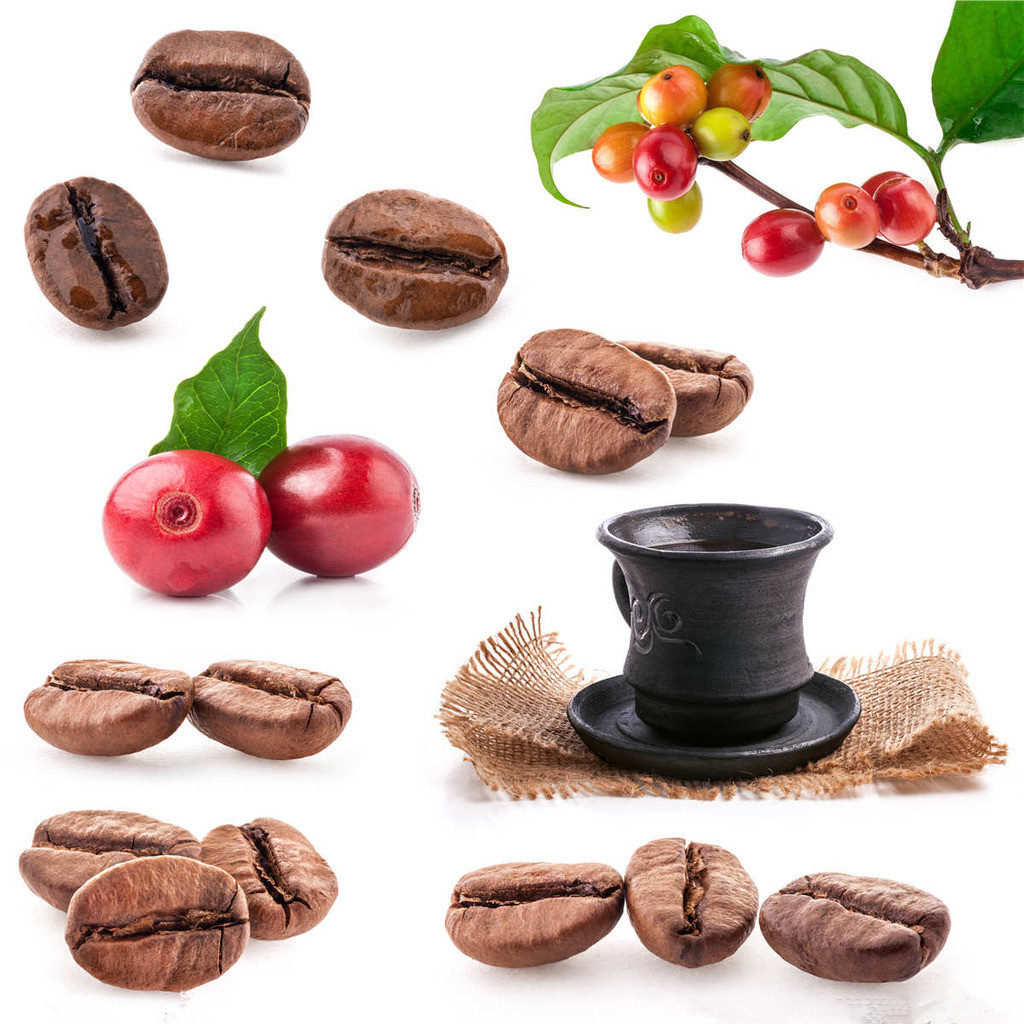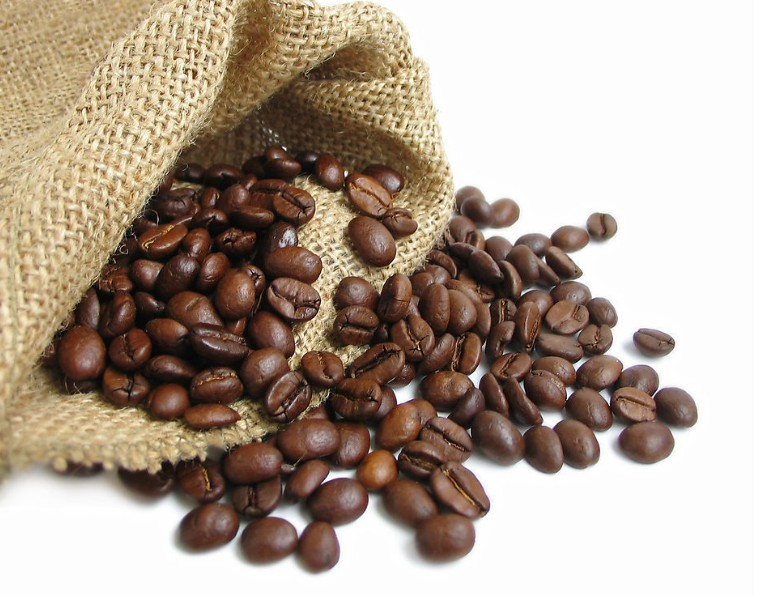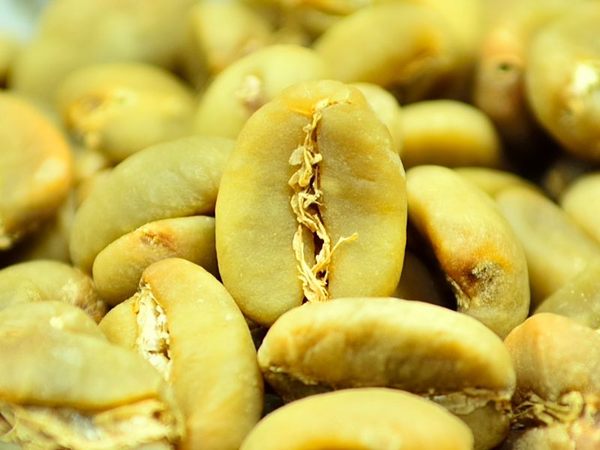The journey of coffee beans: the movement of raw beans from seed beans across the ocean to ripe beans
Sandoz, Rio, Mocha, Amsterdam, Cuba.
These are both worldwide port cities and coffee export and import ports. As a transportation terminal for coffee, these cities are very famous. Coffee can be transported by land and air depending on the situation, but most of it is still transported by sea. So some of the coffee is also named after the port. Such as mocha, third degree and so on.
In this way, coffee beans that have chosen to be transported by sea embark on a long journey.

The sea trip to coffee was not plain sailing. Just as "red wine hates travel", there is no difference in drinking red wine in this respect, mainly because coffee needs to pass through the equator many times in the process of shipping, which affects the possibility of taste and aroma deterioration.
But such a situation can also unexpectedly produce famous products. Malaba coffee in India during the rainy season is a case in point. It is a famous coffee produced during the previous monsoon season when coffee beans were transported from India to Europe. Recently, this coffee is produced in India using the monsoon climate.
So how to evaluate the value of coffee?
The general fragrance and taste are 50 / 50. The color brightness held by this image here cannot be removed. But in the end, it can be achieved through the baking process. Coffee found that people have simply eaten the fruit of coffee, or boiled water to drink, but coffee beans only encounter fire can completely volatilize their own fragrance and flavor. The encounter with fire makes coffee go through a subtle development process like metal smelting.
Since then, roasting has become the most important step in coffee processing. This process makes the Yin Yong of coffee possible, and from this moment on, the real value and life of coffee can be brought into full play.
The roasting time of coffee is no more than 10 Murmuri 15 minutes. In this process, the green provinces change from yellowish green to yellowish brown and finally to dark brown. Coffee in the roasting process due to its own fever reaction skin cracking meeting to make a "crackling" popping sound, which means the birth of a new life of coffee.
In this process, several chemical reactions take place in the coffee, which determine the aroma and taste of the coffee. And the volume will expand by 50%, while the weight will be reduced by 17-20%. This is the birth process of a coffee bean.
Source:
The blog of the world of coffee with two bottles of water
Important Notice :
前街咖啡 FrontStreet Coffee has moved to new addredd:
FrontStreet Coffee Address: 315,Donghua East Road,GuangZhou
Tel:020 38364473
- Prev

Get to know the Coffee from six Central American countries: a detailed introduction to Guatemala Coffee beans
The temperature of Guardiola is about 15 degrees. Because of the long mountains and the great climatic changes in the region, Guardiola has created eight major coffee producing areas in the country, all located on the highland topography under tropical weather. The rainfall is stable, the fertile volcanic ash soil is in a good environment, and the coffee beans produced are all Arabica, each with different flavor and characteristics, and the first-class sour taste and fruit.
- Next

Treatment of raw coffee beans from planting to transportation: pulp peeling, fermentation, drying, selection
The harvested coffee fruit is transported to the processing plant. The factory processes peeling, fermentation, drying, sorting and other processes for processing coffee beans. Remove the pulp, pick out the bad beans, soak and ferment in water, and re-dry in the sun. After this series of complex processes, you can get fresh raw beans. This process has a great impact on the quality of coffee beans.
Related
- Guji coffee producing area of Guji, Ethiopia: Humbela, Shakiso, Wulaga
- What is the most expensive variety of Qiloso in BOP multi-variety group?
- How to store the coffee beans bought home?
- Why are Yemeni coffee beans so rare now?
- Ethiopian Sidamo all Red Fruit Sun Sun Santa Vini Coffee beans
- SOE is mostly sour? What does it mean? Is it a single bean? what's the difference between it and Italian blending?
- Is Italian coffee beans suitable for making hand-brewed coffee?
- How to choose coffee beans when making cold coffee? What kind of coffee beans are suitable for making cold coffee?
- Just entered the pit to make coffee, what kind of coffee beans should be chosen?
- Can only Japan buy real Blue Mountain Coffee? What are authentic Jamaican Blue Mountain coffee beans?

